For many non-vegans or those without dietary restrictions, the thought of not having regular dairy milk in their coffee can be a big turn off.
Some even begin to wonder if their frothy latte will remain the same with no milk. Well, they needn’t worry too much because it most likely will.
There are several dairy-free, plant-based milk options suitable for frothing in coffee.
Some of these plant-based milk substitutes are actually rather creamy. They froth like the regular dairy milk you are used to, giving your coffee a taste to enjoy.
These days, there is a large list of non-dairy substitutes, leaving behind when soy milk was the only option available. Non-dairy milk comes from different sources including hemp, cashews, almonds, oats, peas, and rice.
We will take a closer look at these options and how you make the right choice if you are looking for an alternative milk for frothing your coffee.
What Makes Milk (Dairy or Non-Dairy) Froth Well
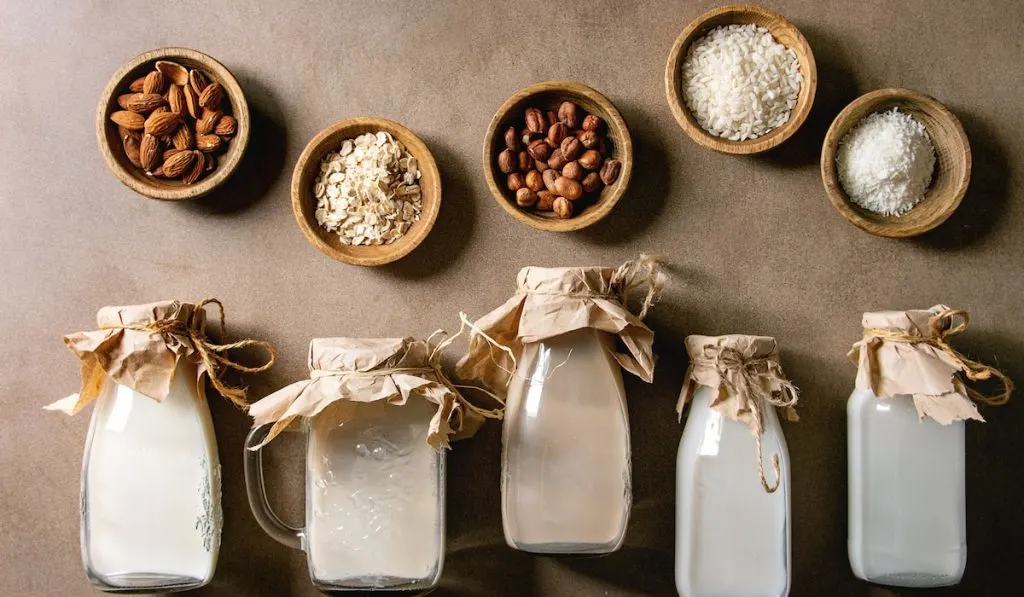
How well your milk will froth is largely dependent on its levels of fat and protein. When you steam milk, you are adding air into it while raising its temperature simultaneously.
The milk must reach the right temperature for it to produce a froth of good quality.
You should heat the milk at 141-155°F if you want to get excellent results. If the milk is under-steamed, the froth will be poor, while scorched milk will taste bad.
When milk is heated to the right temperature, the protein’s structure is modified to hold air and create stable bubbles.
The protein content provides stability and ensures the trapped air stays in place when forming a froth.
If there is an excess of fat in the milk, it will prevent frothing because the proteins present cannot support the bubbles.
9 Best Non-Dairy Milk for Frothing
Here is a list of some non-dairy, plant-based milk that works pretty well for frothing.
Oat Milk
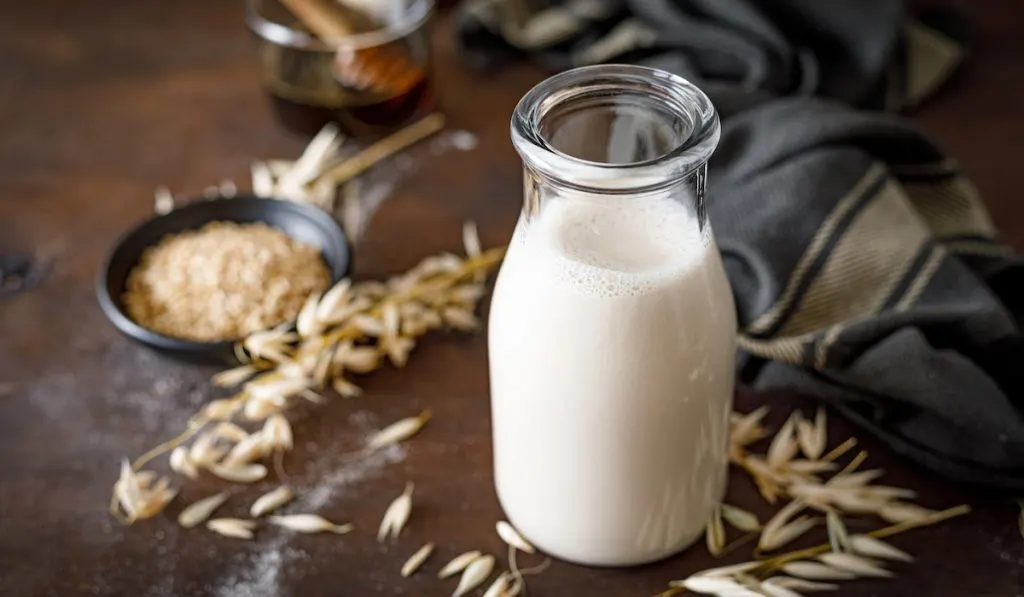
Oat milk contains protein and fiber in large amounts. It also has anti-stress effects, making it a decent choice for making your next coffee.
When you consider the texture and taste of dairy milk, oat milk is pretty close. Oat milk is also excellent for frothing.
If you want gluten-free milk, you can try making your own oat milk using gluten-free oats. Homemade oat milk is economical and pocket friendly.
Pea Milk
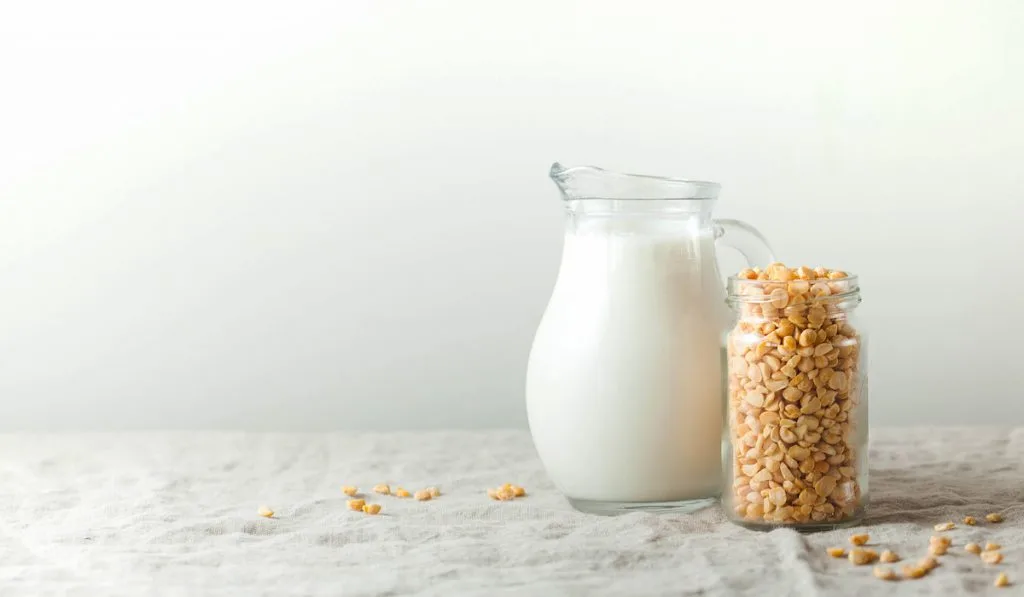
For those looking for a like replacement for cow milk, pea milk should do nicely. Pea milk is made from golden peas..
The nutritional benefits and high protein levels of pea milk make it a perfect alternative for dairy milk in coffee.
Thanks to its high protein content, pea milk makes excellent froth. It is said to be healthier than other dairy substitutes, and it is also the creamiest.
Hemp Milk

Hemp milk is derived from hemp plants. It contains small amounts of THC, but this will not cause any psychoactive effects.
For those willing to discard dairy, hemp milk is a healthy option. It shares similarities with both almond and soy milk in terms of flavor and consistency.
Hemp milk is rich in protein, meaning it will make a good enough froth similar to a soy milk froth.
Almond Milk

Almond milk is a well-known dairy milk substitute. It is nut-based and often comes in sweetened or unsweetened varieties.
When used for frothing, it will most likely separate when it is heated. You will eventually get foam, but the milk leaves a watery layer beneath it.
Soy Milk
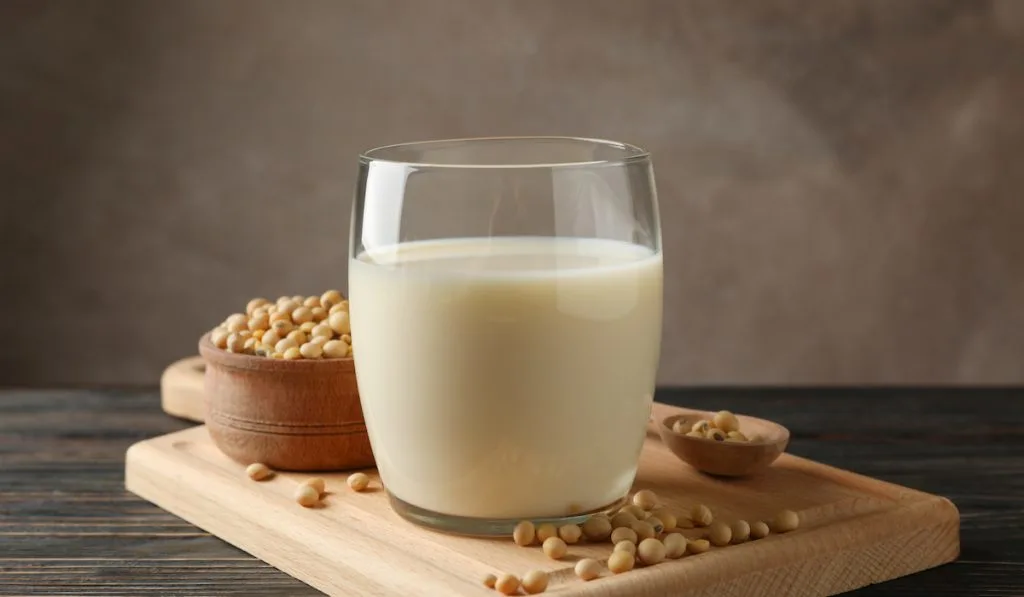
Soy milk has largely been seen as the only substitute for dairy milk for the longest time, and it is quite common in many eateries and cafes.
Soy milk is produced by grinding soaked soybeans. It shares some similarities with cow milk, especially in terms of consistency, and it makes an excellent froth.
Soy milk is a nice complement to several coffee drinks, making it the most popular non-dairy milk. You might not enjoy the taste at first, but with time the taste grows on you.
Coconut Milk

Coconut milk is known for its exotic rich flavor and skim milk-like texture. Both of these factors make it perfect for lattes.
As a result of its high-fat content, when coconut milk is frothed, it creates larger bubbles than regular cow milk.
Quinoa Milk
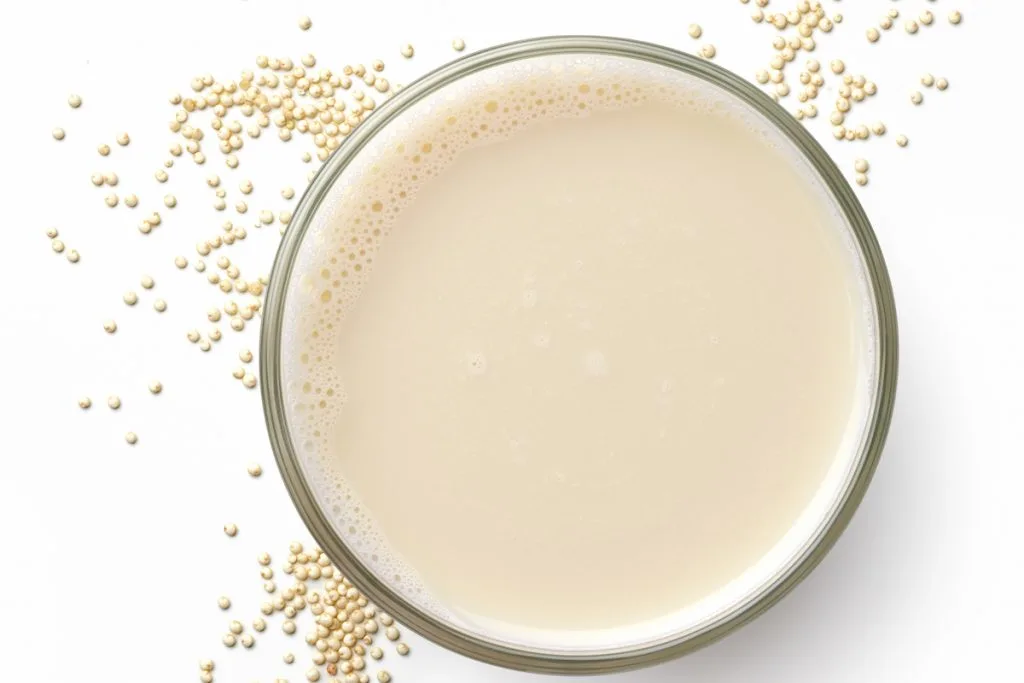
Quinoa milk has a unique taste that is quite polarizing: people either hate it or love it. The protein content of the quinoa is really high, and as a result, it froths well.
Rice Milk
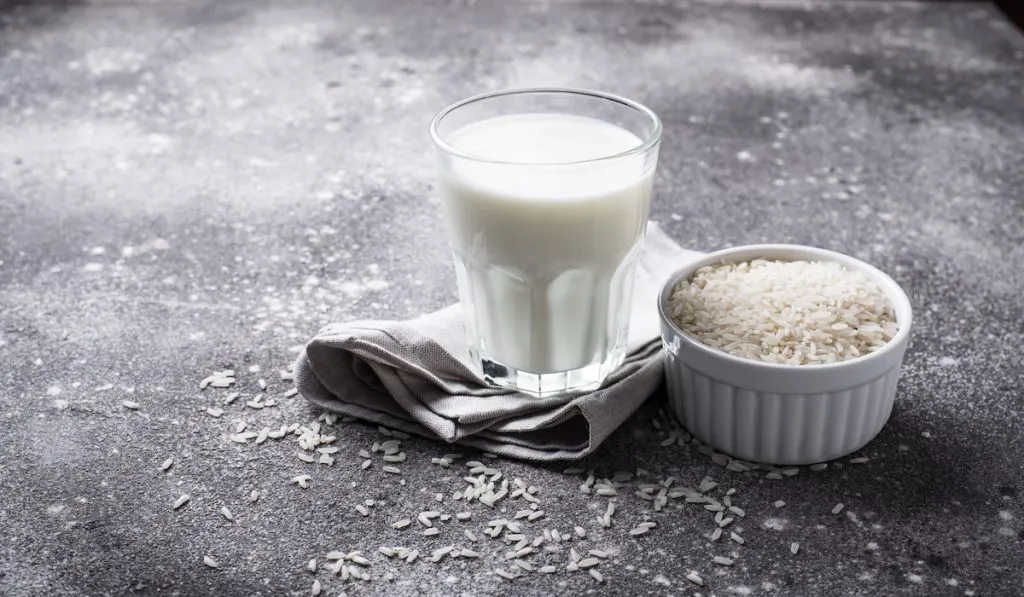
For those who have nut allergies and are also looking for a dairy substitute, rice milk is a good choice. Rice milk is highly nutritious, and it has few calories.
Rice milk does not froth as well as nut-based milk. This is caused by the relatively low-level of fat in rice milk.
Cashew Milk
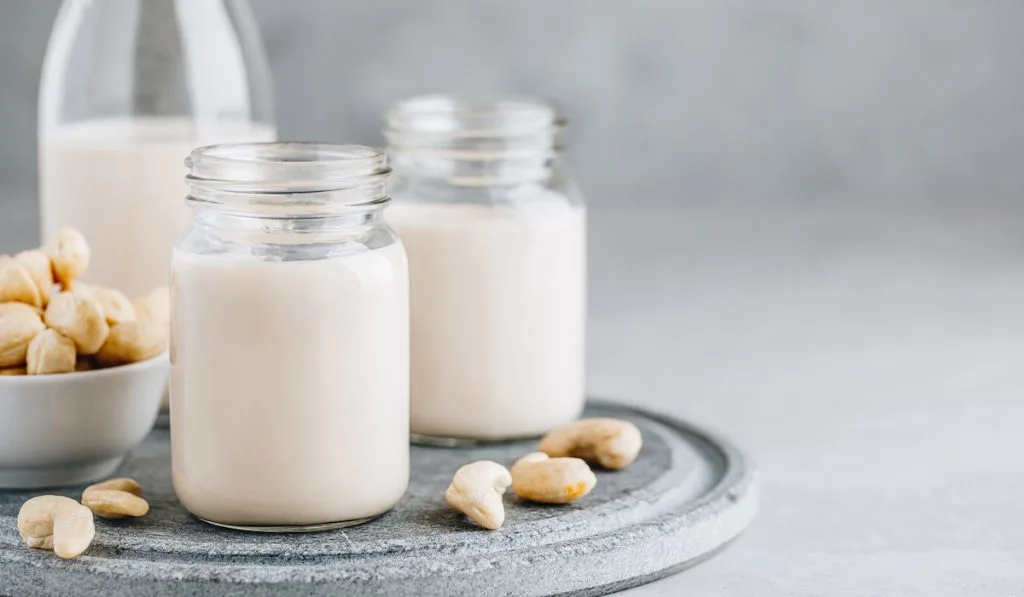
Cashew milk is composed of water and ground cashews. It contains several minerals and vitamins, making it a healthy substitute.
Cashew milk is a bit difficult to come across in coffee shops and supermarkets. So, this may not be the first thing you find when you need a non-dairy substitute.
Although the bubbles it produces are bigger, cashew milk is a good choice for frothing.
9 Steps to Getting Your Non-Dairy Milk Perfectly Frothed
The process of frothing milk is quite delicate and should be done carefully for it to turn out as expected. The following steps will guide you through how to froth your non-dairy milk perfectly:
- First, place milk in a saucepan and heat it until it simmers.
- Stir at regular intervals to ensure a thin layer of cream does not form at the top.
- Once steam begins to rise from the milk, turn off the heat.
- Pour the warm milk into a container, ensuring it reaches no more than 1/3 of its capacity. The larger your container, the more foam you will get.
- Place the lid on the container and shake for less than a minute as the milk doubles in volume.
- Remove the lid of the container, and put it in a microwave for about 30 seconds. Doing this allows the heat to stabilize the foam while it rises to the top of the jar.
- If you do not get enough foam from the milk, microwave it for another 30 seconds.
- If you notice the foam trying to spill over the container, pause the microwave for 30 seconds. Then resume.
- Take the container out of the microwave and pour the foam on your desired drink. If the foam clings to the jar, you can spoon it into a cup.
This process is cheap and simple to follow. It does not require too much equipment, and you get results fairly quickly. The volume of the milk doubles while the foam produced is uniform and smooth.
Final Take
With the number of plant-based milk substitutes available, having a frothy latte and cappuccino is still possible with non-dairy milk. If you want enough froth, milk alternatives with high protein content like soy, pea, and hemp are a perfect choice.
